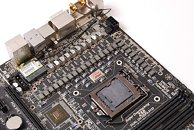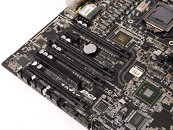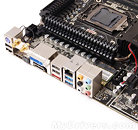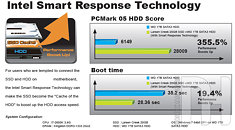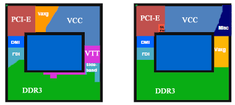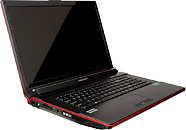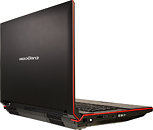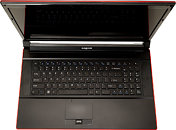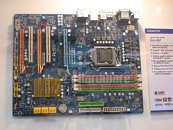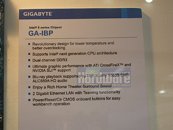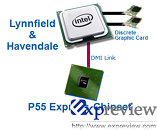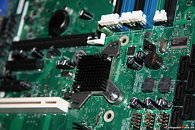
ZOTAC Readies Monster LGA1155 Motherboard
ZOTAC entered the motherboard scene as yet another vendor of reference NVIDIA nForce motherboards, which the like of EVGA, XFX, and BFG also sold. After the fall of nForce, ZOTAC attempted a LGA1366 motherboard, and went dormant with motherboards. Later, it picked up interest in the mini-ITX form-factor as it gained popularity in Asian markets like China and India, manufacturing motherboards based on Intel Atom, Atom with NVIDIA ION, and eventually socketed mini-ITX motherboards as it became a 2-chip affair with Intel's Ibex Peak platform (LGA1156). It looks like Zotac is making a comeback into full-size ATX motherboards that target the very top tier of the market, to woo gamers, professional overclockers, and enthusiasts.
Seen here is what the Chinese press is referring to as "ZT-Z68 Crown Edition-U1DU3", we may have lost the correct name in translation, but let's call it ZT-Z68-U1DU3 for now. It is a full-size ATX motherboard that takes socket LGA1155 Intel Sandy Bridge and future Ivy Bridge processors, and is based on the Intel Z68 Express chipset. It combines a strong VRM to support extreme overclocking, with graphics expansion, adding 4-way NVIDIA SLI and AMD CrossFireX capabilities using an NVIDIA BR-03 bridge-chip that sits on the processor's PCI-E x16 link, to give out two PCI-Express 2.0 x16 links, which are then spread between four slots in x16/NC/x16/NC, x16/NC/x8/x8, or x8/x8/x8/x8 lane configurations.
Seen here is what the Chinese press is referring to as "ZT-Z68 Crown Edition-U1DU3", we may have lost the correct name in translation, but let's call it ZT-Z68-U1DU3 for now. It is a full-size ATX motherboard that takes socket LGA1155 Intel Sandy Bridge and future Ivy Bridge processors, and is based on the Intel Z68 Express chipset. It combines a strong VRM to support extreme overclocking, with graphics expansion, adding 4-way NVIDIA SLI and AMD CrossFireX capabilities using an NVIDIA BR-03 bridge-chip that sits on the processor's PCI-E x16 link, to give out two PCI-Express 2.0 x16 links, which are then spread between four slots in x16/NC/x16/NC, x16/NC/x8/x8, or x8/x8/x8/x8 lane configurations.

